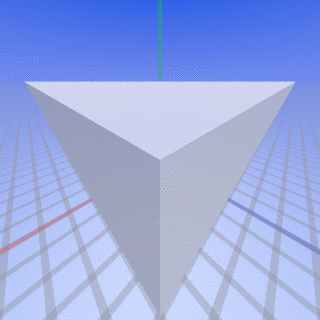This is another perspective distortion question. I understand that perspective distortion is primarily a function of capture and viewing distance, but I am still working on fully understanding the causes of the "flattening" of scenes that is credited to telephoto lenses.
This seems to refer to our ability to discern the differences in size attributable to differences in distance from the lens for subjects beyond a certain distance from the lens. If this is correct, then is it just that with the longer distance from the subject when using a telephoto lens, this compression happens closer to the foreground, rather than in the mid- or background with a wide lens?
Is it fair to say that the compression effect occurs at a certain distance from the photographer regardless of lens, but the field of view influences how close to the foreground this effect takes place? Can you share any information to help people like me understand this?



